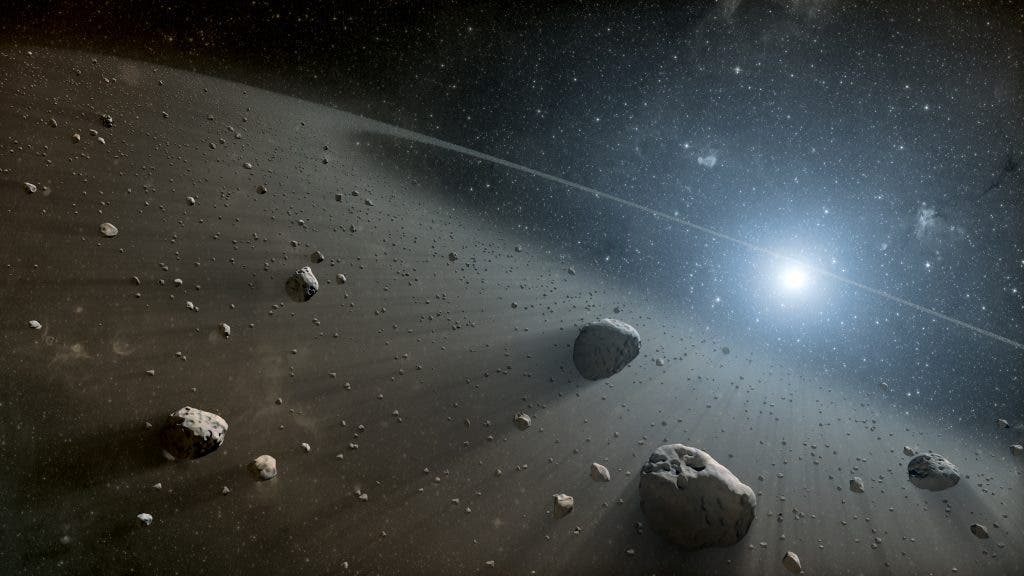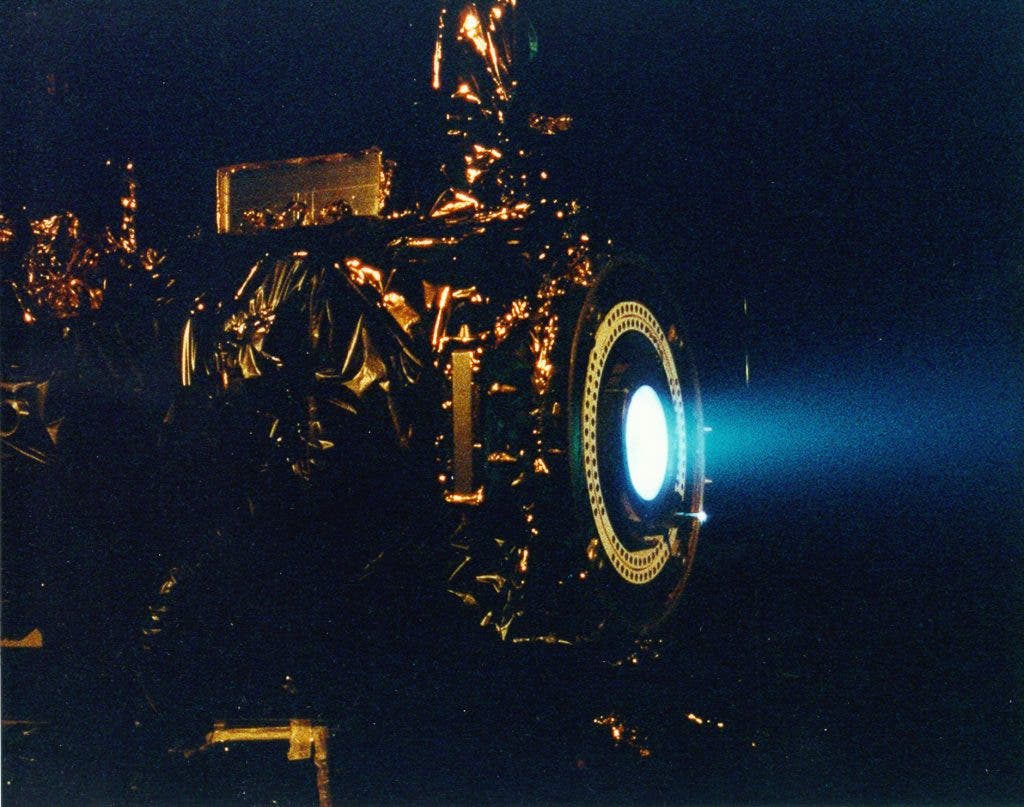It almost sounds too cheesy to be true: NASA wants to send a shuttle to an asteroid, pluck a piece of it, then make it return to the Moon and orbit it. Then, brave astronauts will go and retrieve the sample, bringing it back to Earth for study. But that’s exactly what astronomers and engineers at the space agency want to do.
A piece of an asteroid

This is actually “Option B” – because Option A was even more crazier: they wanted to deflect an asteroid to make it orbit close to home so we can then pick it up. But administrator Ross Lightfoot says that grabbing a piece of the asteroid as opposed to bringing an entire asteroid closer gives them more options.
“I’m going to have multiple targets when I get there”, Lightfoot said. “That’s what it boils down to.”
Option A was also a bit more expensive, but that wasn’t decisive, Lightfood said. A key aspect was that Option B also demonstrates capabilities critical for a mission to Mars.
There are currently three asteroid candidates: Itokawa, Bennu, and 2008 EV5. NASA will decide on which asteroid to focus based on size, rotation speed, shape and orbit. The mission is expected to take several years whichever asteroid they do decide on. It will take the shuttle two years to reach its target; it will then spend up to 400 days on the asteroid, looking for a good boulder to bring back (something around 13 feet in diameter – 4 meters). It will then return and start orbiting the Moon, if everything goes according to plan. In 2025, astronauts will fly NASA’s still-to-be-built Orion to dock with the asteroid-carrying spacecraft and retrieve the sample for study.
Science and technology
The mission will be a so-called test bed for a number of technologies, including an almost sci-fi Solar Electric Propulsion (SEP) ion drive. SEP is slower than a conventional blast rocket, it needs a lot less propellant to get the job done.

Another interesting technology which will be tested is “planetary defense technique”, which includes using the small gravity of a nearby spacecraft to disturb an asteroid’s orbit enough that something on a potential Earth-impact path would pass us by.
In a way, these are not the most scientific methods that can be used for this mission – but NASA chose them anyway, because of the potential benefits they might provide in the future. The entire effort also has a “human exploration emphasis”, as Lightfoot explains.
“The technologies used to grab onto the asteroid … are the kinds of things we know we’re going to need when we go to another planetary body,” Lightfoot said.
Despite the fact that NASA has committed to this asteroid mission for several years already, the mission doesn’t seem to be extremely popular – with the general public, and with Republican members of the US Senate, who insist that we should focus on a mission to Mars. Unfortunately, science and exploration is not always as spectacular as members of the Senate would like it, but hopefully, we’ll leave the science to the scientists.






